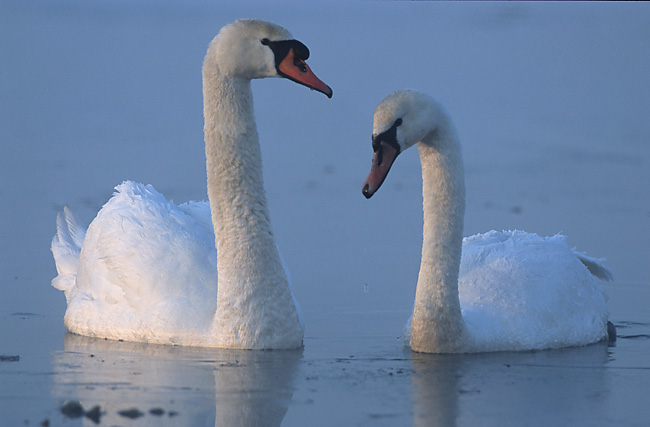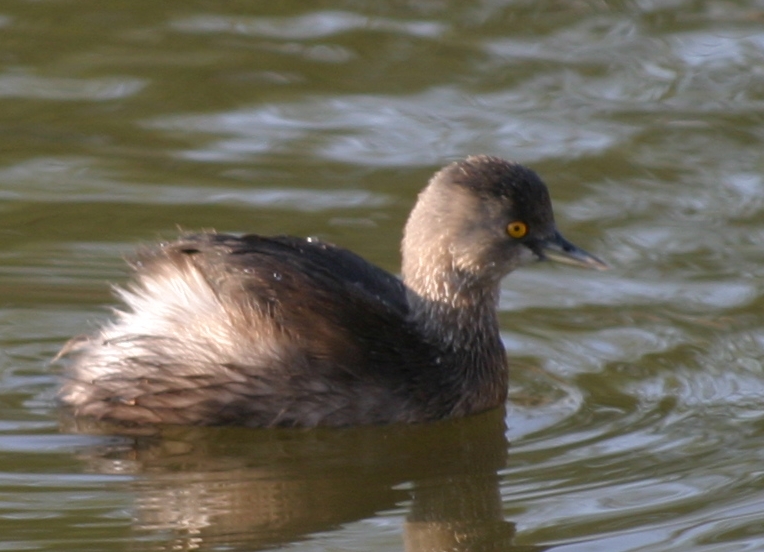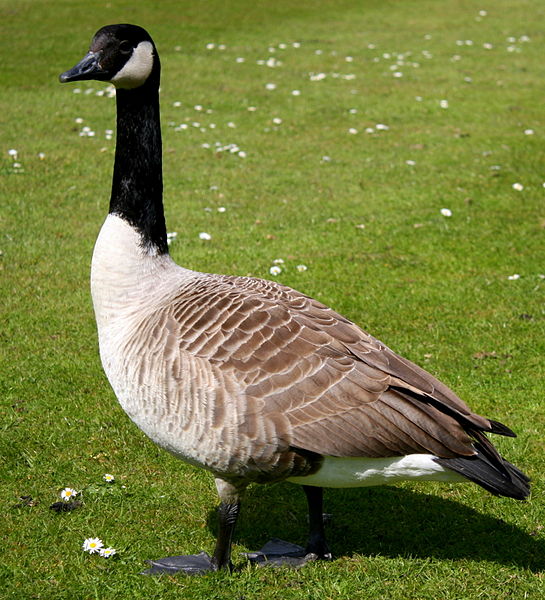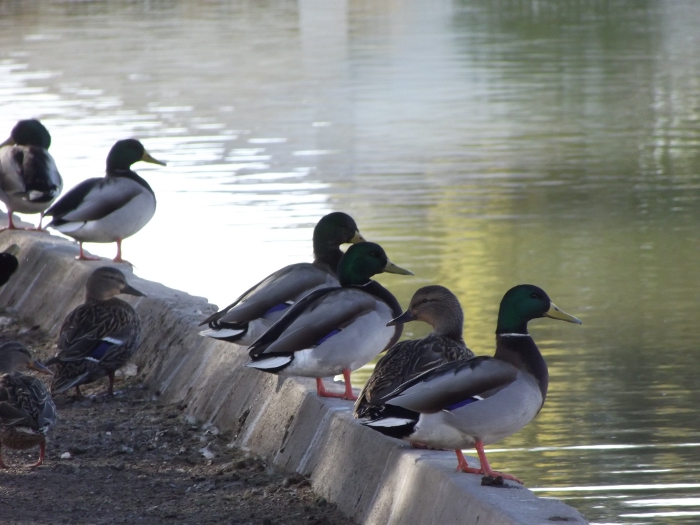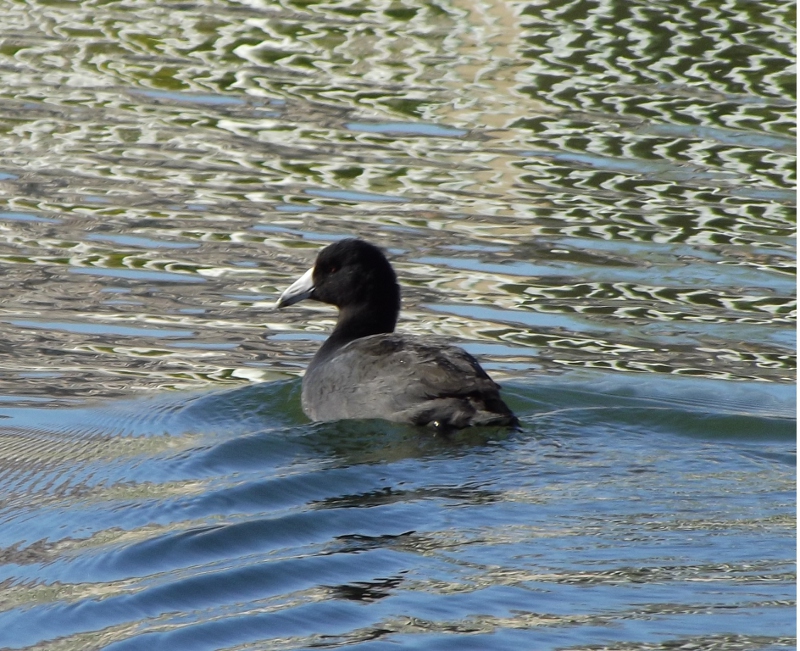These gracious long-necked birds have served through the ages as symbols of artistic creativity and spiritual enlightenment, though on the down side, women in the middle ages were often turned into swans by evil sorcerers. That’s the message of Swan Lake–if you’re a princess, watch out!
Swans are mostly vegetarians, and they are one of only a few birds that have teeth. Some are migratory. They often pair up before they are old enough to mate, and they stay together for life, with a few exceptions. They can weigh over thirty pounds. Today they are viewed as symbols of grace. Klutz that I am, if I were turned into a swan, I would consider it a blessing.

